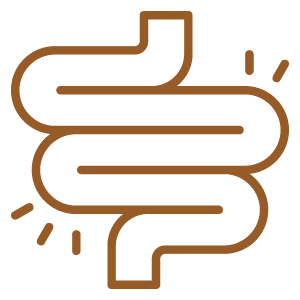American Botanical Council. (1999). The Complete German Commission E Monographs: Therapeutic Guide to Herbal Medicines. American Botanical Council.
Clare, B. A., Conroy, R. S., & Spelman, K. (2009). The diuretic effect in human subjects of an extract of Taraxacum officinale folium over a single day. Journal of Alternative and Complementary Medicine, 15(8), 929-934. https://doi.org/10.1089/acm.2008.0152
Park, C. M., Cho, C. W., & Song, Y. S. (2014). TOP 1 and 2, polysaccharides from Taraxacum officinale, inhibit NFκB-mediated inflammation and accelerate Nrf2-induced antioxidative potential through the modulation of PI3K-Akt signaling pathway in RAW 264.7 cells. Food and Chemical Toxicology, 66, 56-64. https://doi.org/10.1016/j.fct.2014.01.019
Hoffmann, D. (2003). Medical Herbalism: The Science and Practice of Herbal Medicine. Healing Arts Press.
Holmes, P. (1997). The Energetics of Western Herbs. Artemis Press.
Jedrejek, D., Lis, B., Rolnik, A., Stochmal, A., Olas, B. (2019). Comparative phytochemical analysis and anti-inflammatory activity of Taraxacum officinale roots depending on the solvent used for extraction. Food and Chemical Toxicology, 126, 233-247. https://doi.org/10.1016/j.fct.2019.02.017
Li, X., Lao, R., Lei, J., Chen, Y., Zhou, Q., Wang, T., & Tong, Y. (2023). Natural products for acetaminophen-induced acute liver injury: A review. Molecules, 28(23), 7901. https://doi.org/10.3390/molecules28237901
Lin, W., Gu, B., Gu, Y., Zhao, R., Huang, Y., Fan, R., Rong, W., & Liu, Z. (2024). Taraxasterol protects against acetaminophen-induced hepatotoxicity by reducing liver inflammatory response and ameliorating oxidative stress in mice. International Immunopharmacology, 138, Article 112580. https://doi.org/10.1016/j.intimp.2024.112580
Mahboubi, M., & Mahboubi, M. (2020). Hepatoprotection by dandelion (Taraxacum officinale) and mechanisms. Asian Pacific Journal of Tropical Biomedicine, 10(1), 1-10. https://doi.org/10.4103/2221-1691.273081
McIntyre, A. (2019). The complete herbal tutor. Aeon.
Mitra, S., Sharma, P. K., Singh, A. K., Garg, V. K., & Mondal, S. C. (2012). Herbal drugs used as diuretics. Pharma Science Monitor, 3(2), 1. https://openurl.ebsco.com/EPDB%3Agcd%3A1%3A22488305/detailv2?sid=ebsco%3Aplink%3Ascholar&id=ebsco%3Agcd%3A91650038&crl=c
Tillotson, A.K. (2001). The One Earth Herbal Sourcebook: Everything You Need to Know About Chinese, Western, and Ayurvedic Herbal Treatments. Kensington Publishing Group.
Valussi, M. (2012). Functional foods with digestion-enhancing properties. International Journal of Food Sciences and Nutrition, 63(Suppl 1), 82-89. https://doi.org/10.3109/09637486.2011.627841
Wirngo, F. E., Lambert, M. N., & Jeppesen, P. B. (2016). The physiological effects of dandelion (Taraxacum Officinale) in type 2 diabetes. The Review of Diabetic Studies, 13(2-3), 113–131. https://doi.org/10.1900/RDS.2016.13.113
Zhu, X., Zhang, W., Zhao, T., & Wang, L. (2018). Taraxacum officinale protects against acetaminophen-induced liver injury in mice through inhibition of oxidative stress and inflammation. Biomedicine & Pharmacotherapy, 102, 205-212. https://doi.org/10.1016/j.biopha.2018.03.073










